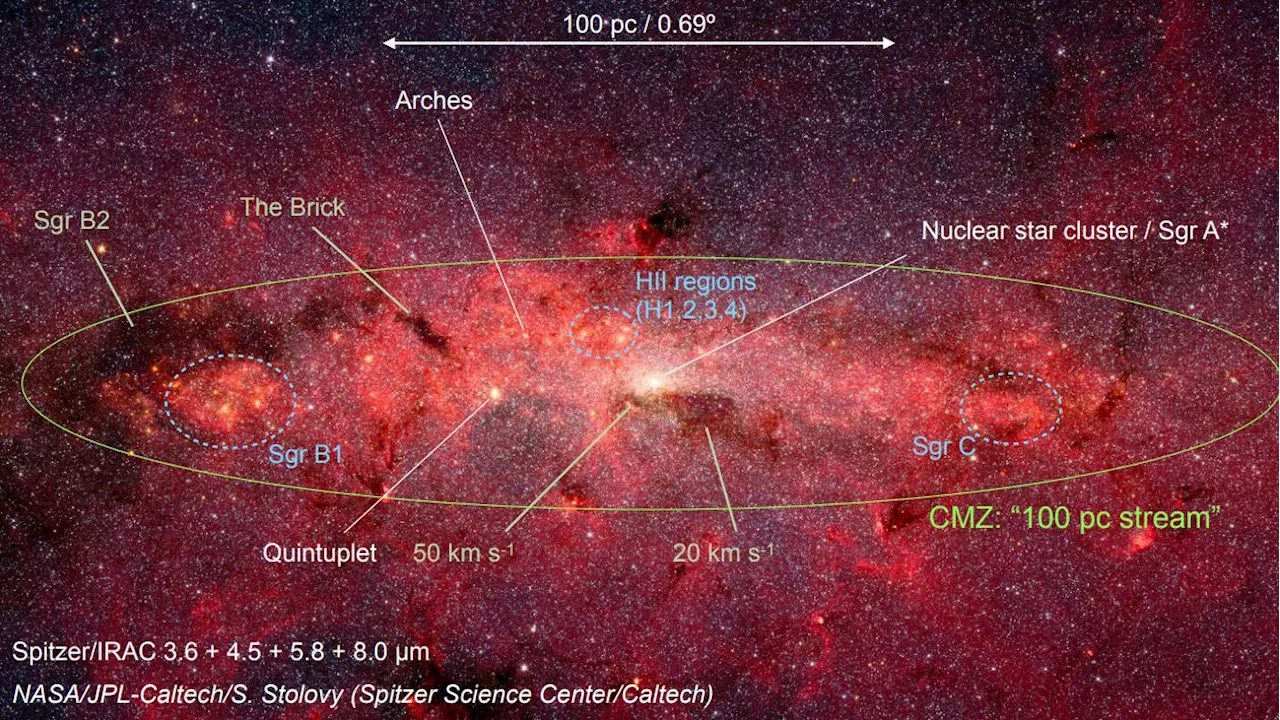A proposed JWST survey of the Milky Way's Galactic Center could answer many of astronomy's and astrophysic's most compelling questions.
This overview of the Milky Way's Galactic Center shows the region of the proposed JWST survey. Image Credit: NASA/JPL-Caltech/S. Stolovy
“JWST has the unique capability to provide us with the necessary, game-changing data,” the authors write. “As a community, we have identified the key unknowns that are limiting the potential of the Galactic Center as a laboratory for extreme astrophysics and understanding how galactic nuclei shape the galaxy population.”
This survey, if it takes place, will help astrophysicists untangle some of nature’s most perplexing, stubborn questions. In their white paper, the multi-national team of astronomers lays out five key questions that the JWST can help address in an observing campaign focused on the GC: This is an ambitious list of questions that helps define the current state of astronomy and astrophysics. Perhaps the only things not mentioned are dark matter and dark energy, and those two phenomena are outside of the JWST’s primary focus.
United States Latest News, United States Headlines
Similar News:You can also read news stories similar to this one that we have collected from other news sources.
 JWST looks at the debris disk around a white dwarfDebris disks are quite common in the universe. Young stars have protoplanetary disks from which planets form. Black holes have accretion disks that are the source of the galactic jets. Supernova remnants can form a disk around neutron stars.
JWST looks at the debris disk around a white dwarfDebris disks are quite common in the universe. Young stars have protoplanetary disks from which planets form. Black holes have accretion disks that are the source of the galactic jets. Supernova remnants can form a disk around neutron stars.
Read more »
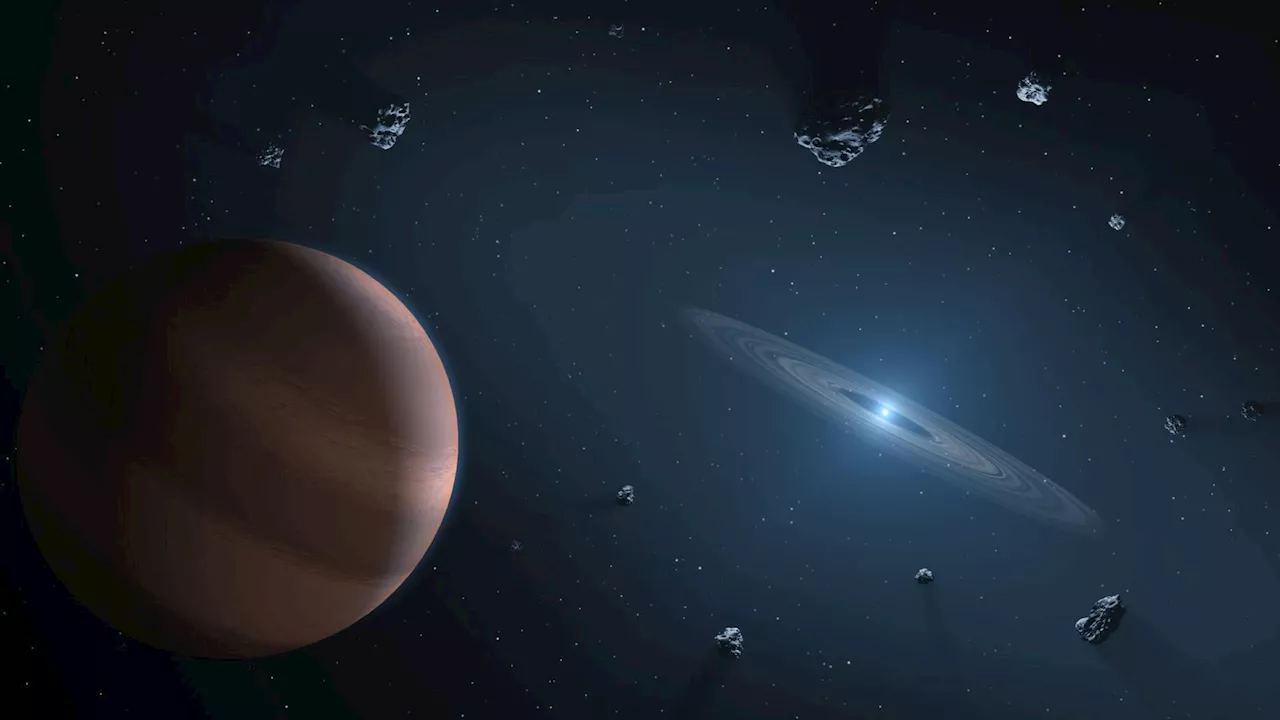 JWST observations bring clarity to white dwarfs and their debris disksInteresting Engineering is a cutting edge, leading community designed for all lovers of engineering, technology and science.
JWST observations bring clarity to white dwarfs and their debris disksInteresting Engineering is a cutting edge, leading community designed for all lovers of engineering, technology and science.
Read more »
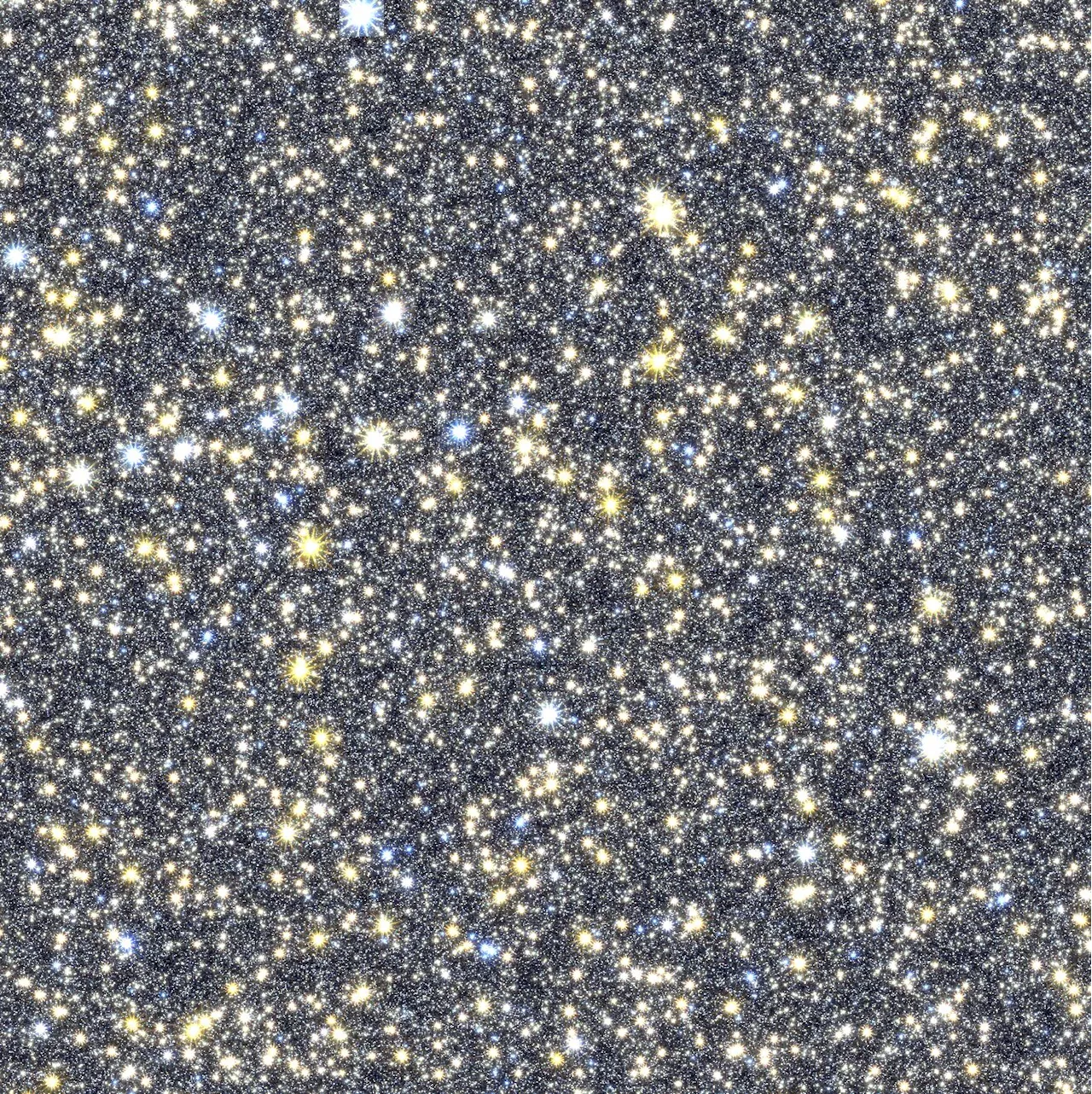 Why NASA's Roman mission will study Milky Way's flickering lightsNASA's Nancy Grace Roman Space Telescope will provide one of the deepest-ever views into the heart of our Milky Way galaxy.
Why NASA's Roman mission will study Milky Way's flickering lightsNASA's Nancy Grace Roman Space Telescope will provide one of the deepest-ever views into the heart of our Milky Way galaxy.
Read more »
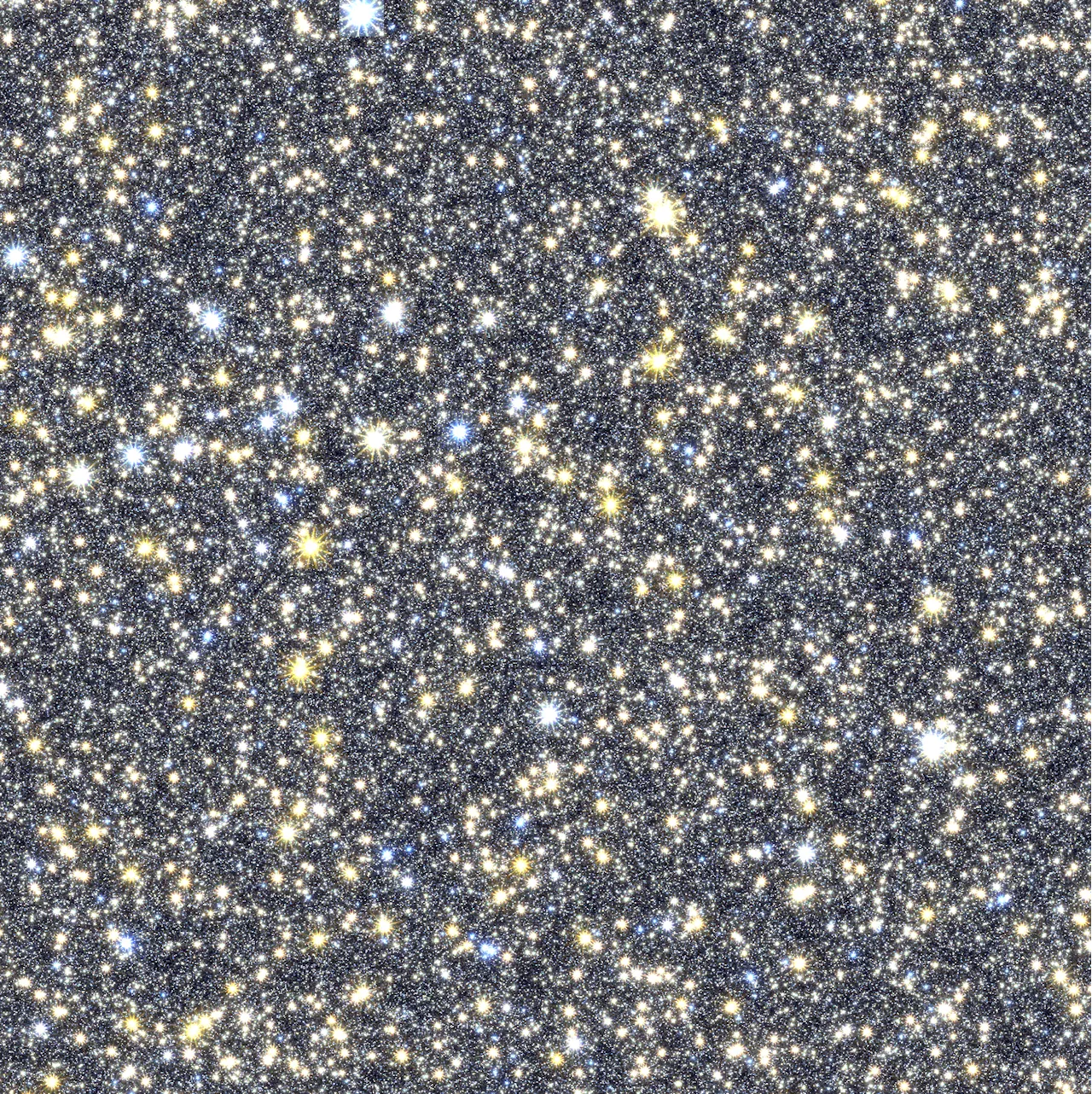 Why NASA’s Roman Mission Will Study Milky Way’s Flickering LightsRoman’s long-term sky monitoring, which will enable these results, represents a boon to what scientists call time-domain astronomy, which studies how the
Why NASA’s Roman Mission Will Study Milky Way’s Flickering LightsRoman’s long-term sky monitoring, which will enable these results, represents a boon to what scientists call time-domain astronomy, which studies how the
Read more »
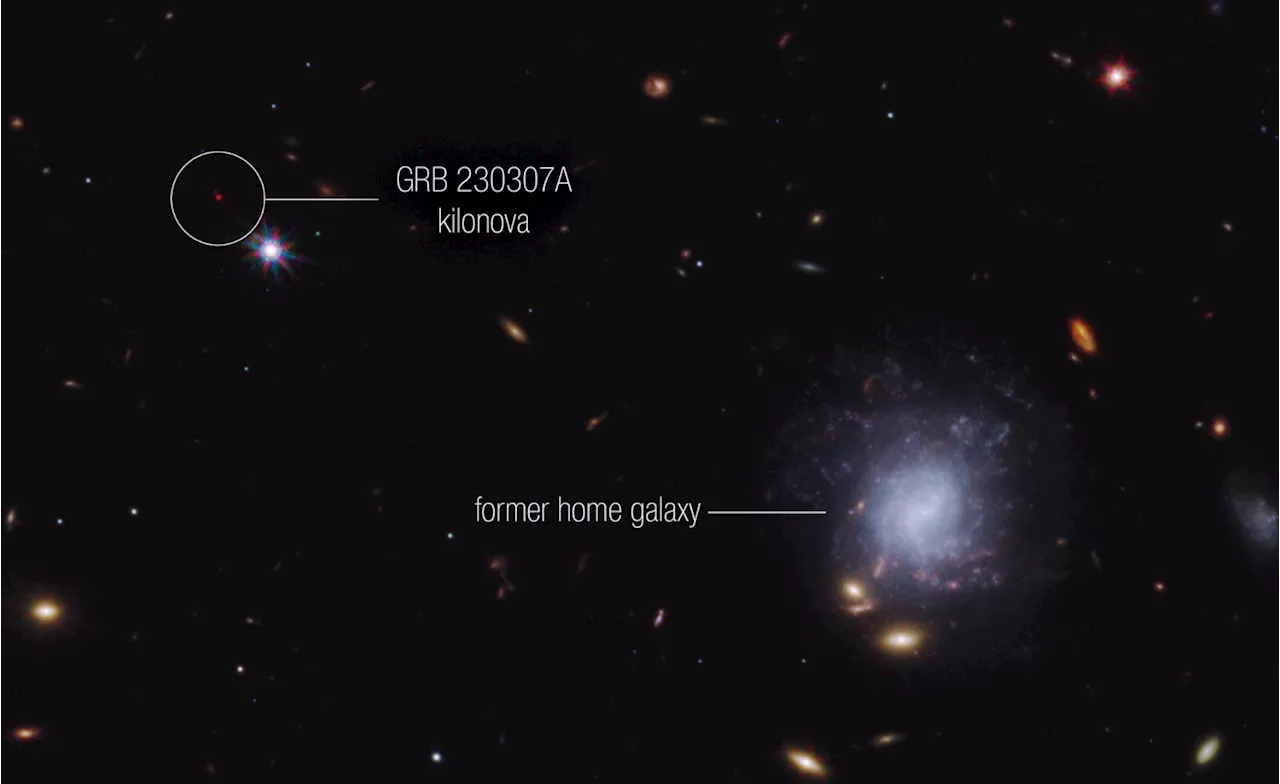 Kilonova Millions of Times Brighter Than Milky Way Birthed Rarest Elements'Colliding neutron stars provide the conditions needed to synthesize very heavy elements,' said University of Birmingham astrophysicist Ben Gompertz.
Kilonova Millions of Times Brighter Than Milky Way Birthed Rarest Elements'Colliding neutron stars provide the conditions needed to synthesize very heavy elements,' said University of Birmingham astrophysicist Ben Gompertz.
Read more »
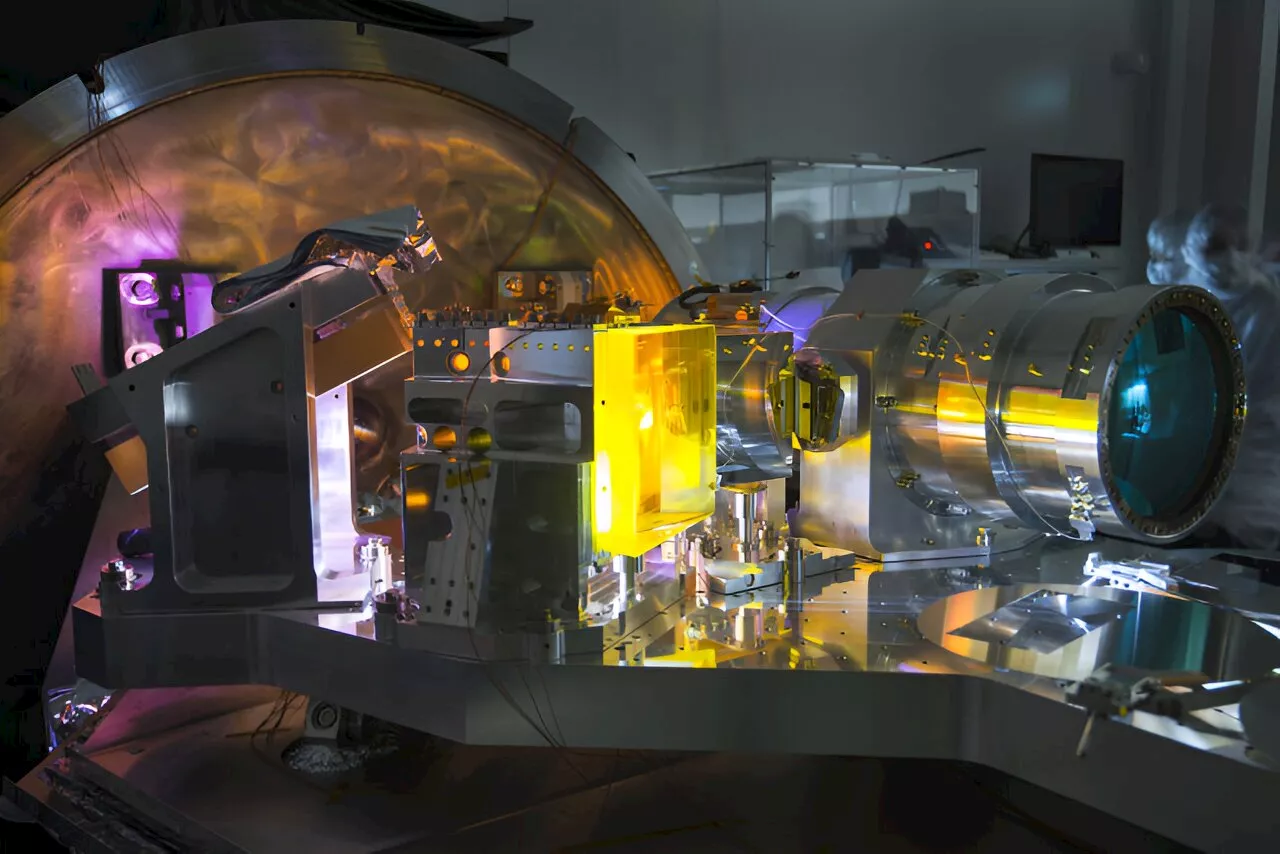 Astronomers show magnetic field of a red dwarf star may be approaching polar reversalThe 11-year solar activity cycle is a well-known phenomenon, during which the intensity of the sun's magnetic field varies and its polarities reverse. Over the past 30 years, astronomers have identified similar behavior in several sun-like stars.
Astronomers show magnetic field of a red dwarf star may be approaching polar reversalThe 11-year solar activity cycle is a well-known phenomenon, during which the intensity of the sun's magnetic field varies and its polarities reverse. Over the past 30 years, astronomers have identified similar behavior in several sun-like stars.
Read more »
